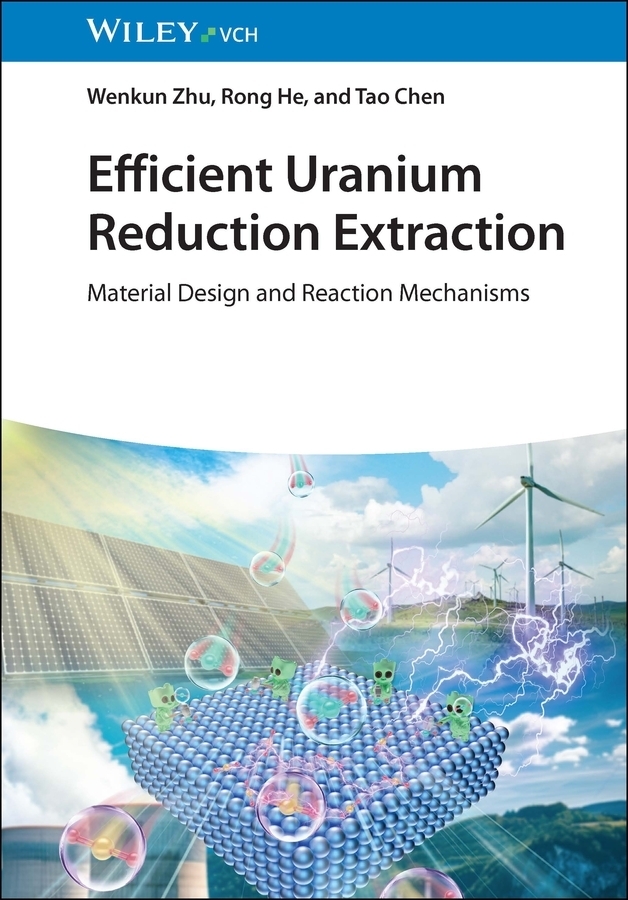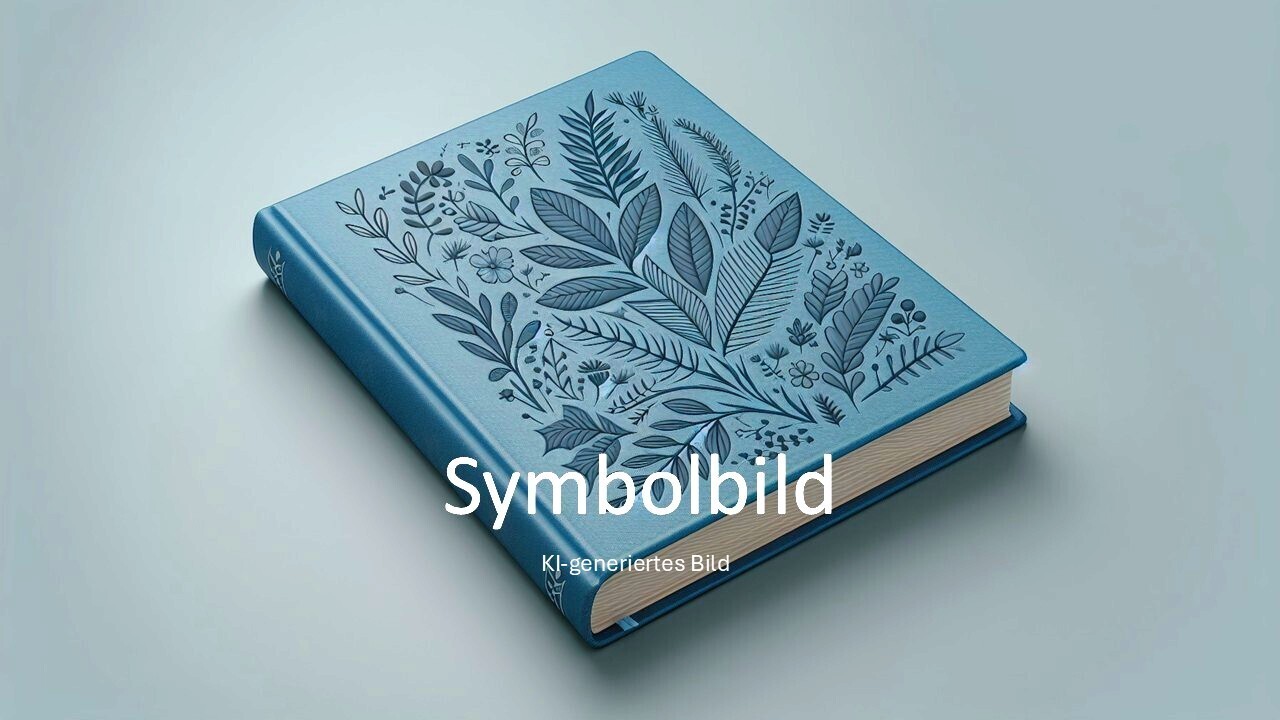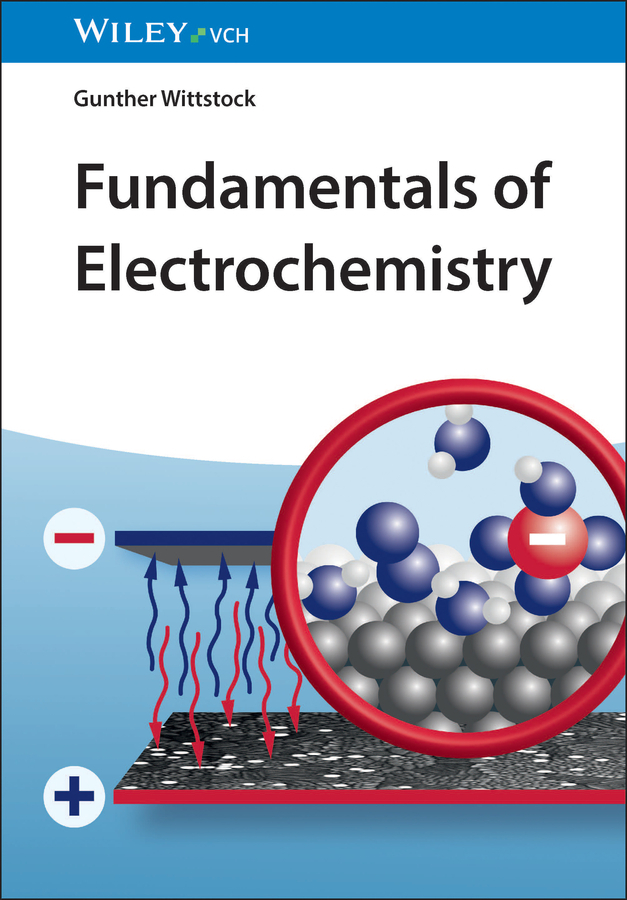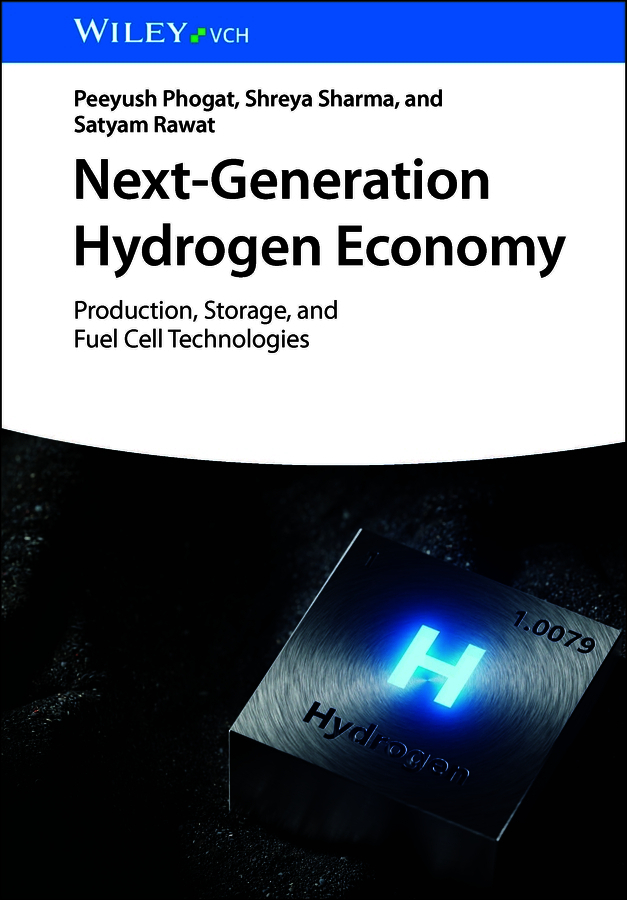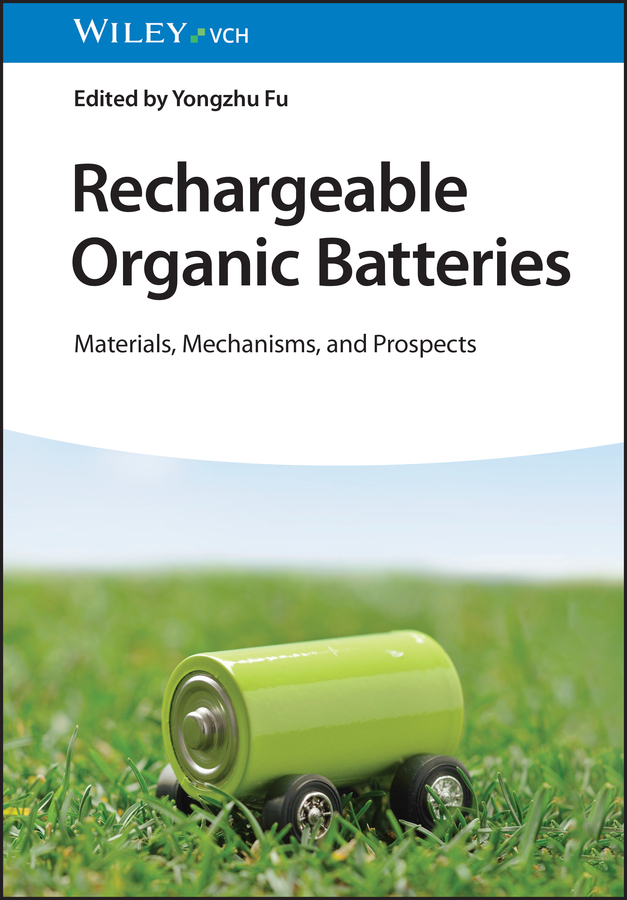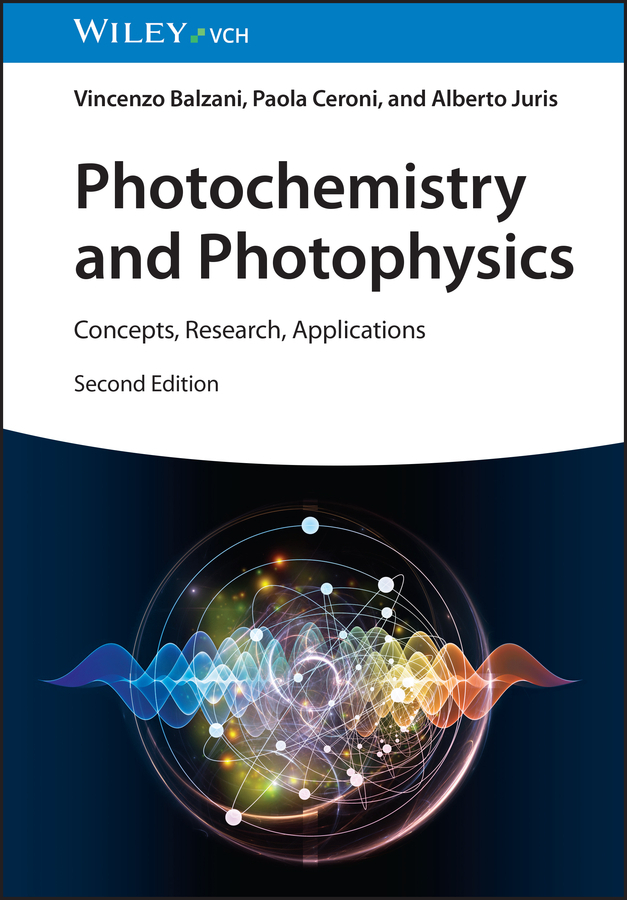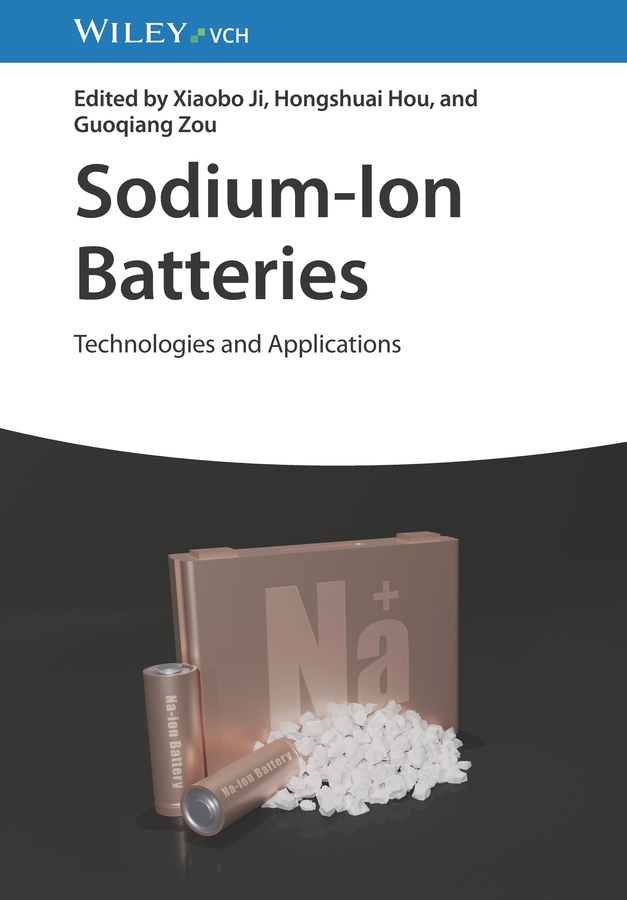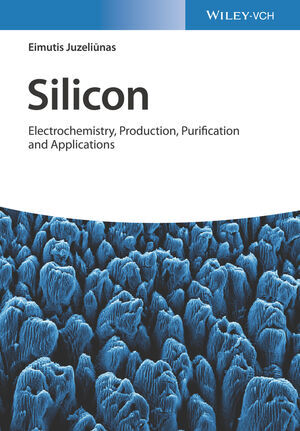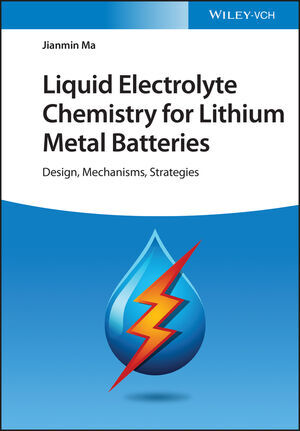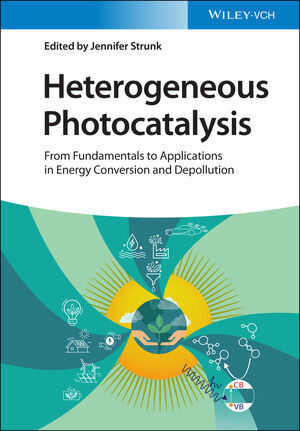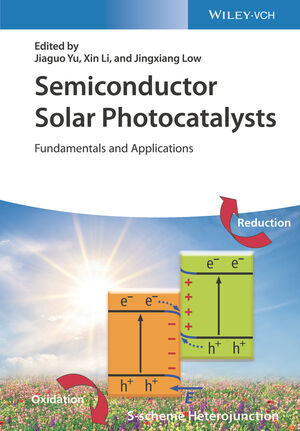Efficient Uranium Reduction Extraction
Material Design and Reaction Mechanisms
Covers fundamental aspects and the current state of the art methods in the field of uranium extraction.
CHAPTER 1 BACKGROUND OF URANIUM CHEMISTRY
CHAPTER 1 BACKGROUND OF URANIUM CHEMISTRY
1.1 Introduction of uranium in nuclear industry
1.2 Coordination and species of uranium
CHAPTER 2 INTRODUCTION OF URANIUM REDUCTION EXTRACTION
2.1 Introduction of uranium extraction
2.2 Introduction of uranium reduction extraction
2.3 Key factors to influence the uranium reduction extraction
2.4 The practical situation that requires uranium extraction
CHAPTER 3 URANIUM REDUCTION EXTRACTION BY MODIFIED NANO ZERO-VALENT IRON
3.1 Introduction of nano zero-valent iron
3.2 Material design for promoted stability and reductive ability
3.3 Uranium extraction performance
3.4 Reaction mechanism
3.5 Conclusion and future perspectives
CHAPTER 4 URANIUM REDUCTION EXTRACTION BY COMMERCIAL IRON POWDER
4.1 Introduction of alternative abundant reductant-commercial iron powder
4.2 Ultrasound Enhancement Of Uranium Extraction By Commercial Iron Powder
4.3 Microbial Sulfurization Enhanced Commercial Iron Powder Extraction Of Uranium
4.4 Conclusion and Perspectives
CHAPTER 5 PHOTOCATALYTIC URANIUM REDUCTION EXTRACTION BY CARBON-SEMICONDUCTOR HYBRID MATERIAL
5.1 Introduction of photocatalytic uranium reduction extraction
5.2 Motivated material design of carbon-semiconductor hybrid material
5.3 Band engineering of carbon-semiconductor hybrid material
5.4 Assembly of carbon-semiconductor hybrid material for facile recycle use
5.5 Conclusion and perspectives
CHAPTER 6 PHOTOCATALYTIC URANIUM REDUCTION EXTRACTION BY SURFACE RECONSTRUCTED SEMICONDUCTOR
6.1 Introduction
6.2 Design Of Hydrogen-Incorporated Semiconductor-Hydrogen-Assis
6.3 Hydrogen-Incorporated Vacancy Engineering
6.4 Conclusions
CHAPTER 7 ENHANCED PHOTOCATALYTIC URANIUM REDUCTION EXTRACTION BY ELECTRON ENHANCEMENT
7.1 Introduction
7.2 Plasmonic enhancement of uranium extraction
7.3 Enhanced by co-catalysis
7.4 Conclusion and perspectives
CHAPTER 8 PHOTOCATALYTIC URANIUM REDUCTION EXTRACTION IN TRIBUTYL PHOSPHATE-KEROSENE SYSTEM
8.1 Introduction of tributyl phosphate-kerosene system-spent fuel reprocessing
8.2 Material design-self oxidation of red phosphorus
8.3 Uranium extraction in tributyl phosphate-kerosene system
8.4 Reaction mechanism-self oxidation cycle
8.5 Conclusion and perspectives
CHAPTER 9 PHOTOCATALYTIC URANIUM REDUCTION EXTRACTION IN FLUORIDE-CONTAINING SYSTEM
9.1 Introduction of photocatalytic uranium reduction extraction
9.2 Simultaneously constructing U(VI) constraint sites and water oxidation sites to promote the purification of fluorine-containing uranium wastewater
9.3 Advanced photocatalytic heterojunction with plasmon resonance effect for uranium extraction from fluoride-containing uranium wastewater
CHAPTER 10 ELECTROCHEMICAL URANIUM REDUCTION EXTRACTION: DESIGN OF ELECTRODE MATERIALS
10.1 Introduction of electrocatalytic uranium reduction extraction
10.2 Edge-site confinement for enhanced electrocatalytic uranium reduction extraction
10.3 Facet-dependent electrochemical uranium extraction in seawater over Fe3O4 catalysts
10.4 Heterogeneous interface enhanced electrocatalytic uranium reduction extraction
10.5 Surface hydroxyl enhanced electrochemical extraction of uranium
10.6 Charge-separation engineering for electrocatalytic uranium reduction extraction
10.7 Conclusion And Perspectives
CHAPTER 11 ELECTROCHEMICAL URANIUM EXTRACTION FROM SEAWATER-REPRODUCED VACANCY
11.1 Introduction of electrocatalytic uranium extraction from seawater
11.2 High-selective site oxygen vacancy
11.3 Conclusion
CHAPTER 12 ELECTROCHEMICAL URANIUM EXTRACTION FROM NUCLEAR WASTEWATER OF FUEL PRODUCTION
12.1 Introduction of nuclear wastewater of fuel production: ultrahigh concentration of fluoride
12.2 Material design-ion pair sites
12.3 Uranium extraction performance
Zhu, Wenkun
He, Rong
Chen, Tao
| ISBN | 9783527354146 |
|---|---|
| Article number | 9783527354146 |
| Media type | Book |
| Edition number | 1. Auflage |
| Copyright year | 2025 |
| Publisher | Wiley-VCH |
| Length | 304 pages |
| Language | English |

